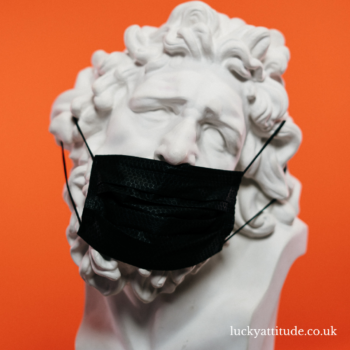Why Your Dating App Photos Don’t Translate In Real Life

Online dating is a unique space where first impressions are made in seconds — and mostly through photos. But here’s the catch: the outfits that make you more “swipeable” on dating apps don’t always carry the same magic in real life.
Let’s explore how physical attractiveness, outfit choices, and context shape attraction — and why online appeal can fall flat offline.
Why attractiveness dominates the swipe game
On dating apps, looks dominate.
A study in Computers in Human Behavior Reports found that improving someone’s physical attractiveness by just one standard deviation boosted match rates from 25% to 43%. That’s a massive jump.
Compare that to other traits — like intelligence or height — which only had minor effects. Interestingly, the study also showed both men and women value physical appearance almost equally, debunking the stereotype that only men prioritise looks.
Another insight from the study’s conjoint analysis: physical appearance was found to have 10x the impact of intelligence in swiping decisions.
No wonder so many people agonise over their profile photos.
How to pick the best photos for your dating profile
If choosing your own dating profile pics feels like emotional gymnastics, you’re not alone.
Turns out, we’re terrible at seeing ourselves the way strangers do. From mirror-flip illusions and warped self-image to being too attached to that one blurry “happy place” photo, we’re all hilariously unqualified for this job.
It’s about choosing the one that makes other people want to meet you. Here’s how to actually do it (like, for real).
Your friends know your personality, your “vibe,” your stories—they’re biased. Ask strangers to get brutally honest, data-driven feedback from people who don’t know you. You’re marketing to strangers, remember?
The best profile pics show a genuine smile (with teeth!), have open, relaxed body language and show confidence without trying too hard.
A clear, well-lit head-and-shoulders shot. An outfit that reflects how you’d show up to a first date. One photo that shows a bit of your lifestyle.
What you wear matters, but only to a point
Outfits play a major role in curating dating profiles. People use clothing to express identity, lifestyle, and confidence. For instance:
* A man in a sharp tailored suit might aim to signal professionalism and success.
* A woman in a chic dress at an upscale rooftop bar might want to showcase sophistication and social status.
These photos tend to perform well, especially when paired with high-quality lighting and flattering angles.
But here’s the twist: those same outfits can feel awkward or disconnected during a casual meetup.
That impressive suit? Great in a profile photo. But if the first date is at a laid-back coffee shop, it can make you seem out of place or too intense.
Context is everything
Perception shifts drastically depending on the setting.
A photo of someone lounging on a yacht might hint at luxury and adventure. But when that person shows up in joggers and talks about budgeting, the disconnect is obvious.You might swipe right on someone who looks like they travel frequently and dine out often, only to find out on the date they barely leave their flat and used an Airbnb host’s balcony for that shot.
Niche platforms like those tailored for professional matchmaking or unconventional connections, such as apps for meeting travel partners or creating your best sugar baby profile, enable users to explore lifestyle compatibility.
These platforms often highlight preferences in visual storytelling as a critical first step, allowing users to emphasise attributes they view as essential in forming relationships.
These niche websites are tapping into the deeper need for compatibility, not just physical attraction.
Filters & over-curation: the trust gap
Using filters and enhanced photos can be tempting. And yes, 18% of women and 21% of men say they’d like dating apps to make them look better.
But there’s a catch:
Over-editing reduces trust.
Even if filters increase short-term attraction, they often create a mismatch when you meet in real life.
Better approach:
Use subtle enhancements (think: good lighting and slight retouching), but avoid over-editing. People want to be attracted to you, not a version of you that doesn’t exist.
Why the disconnect leads to disappointment
The curated nature of dating profiles often leads to unmet expectations. A study found that one of the top complaints among users is the lack of alignment between profile photos and real-life appearance or personality.
Someone may appear outgoing and stylish online, only to come across as quiet and casually dressed in person. This dissonance can feel jarring and even deceptive.
It’s not always intentional. A well-lit photo taken at a wedding might showcase someone’s best look, but it doesn’t represent their everyday self.
Key takeaways: keep it real (but strategic)
* Dress to represent your actual lifestyle, not just your best day.
* Avoid misleading luxury backdrops unless they reflect your real preferences.
* Use current, lightly edited photos that show the real you.
* Think about context: where the photo is taken matters as much as what you’re wearing.
Dating apps compress identity into visuals — but real connection happens offline. Your goal isn’t just to get matches — it’s to translate those matches into meaningful relationships.
